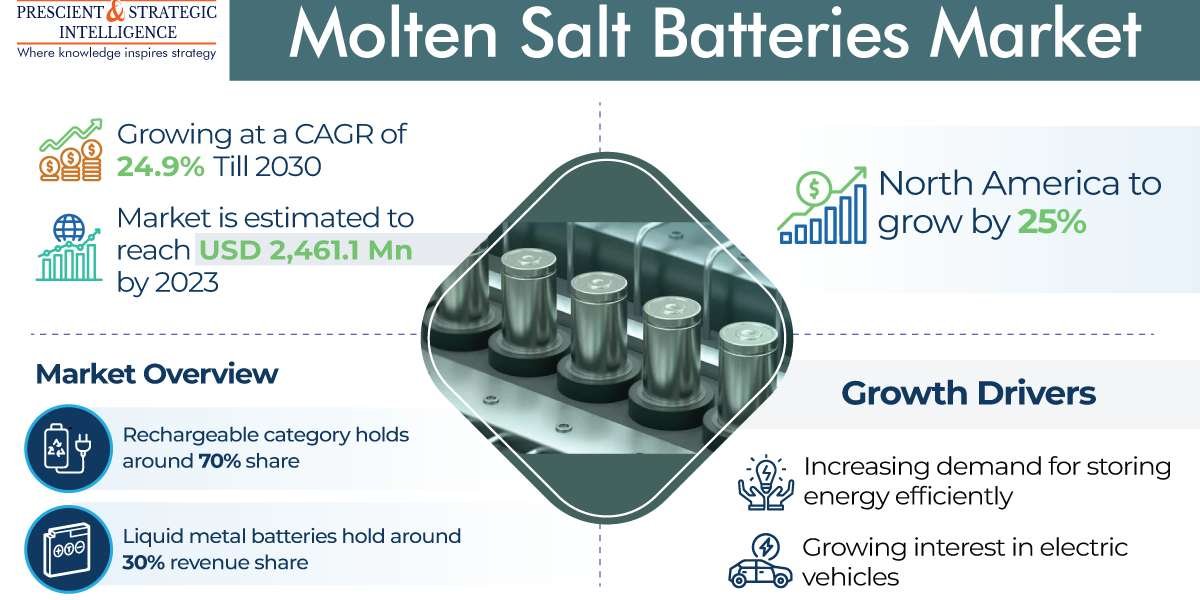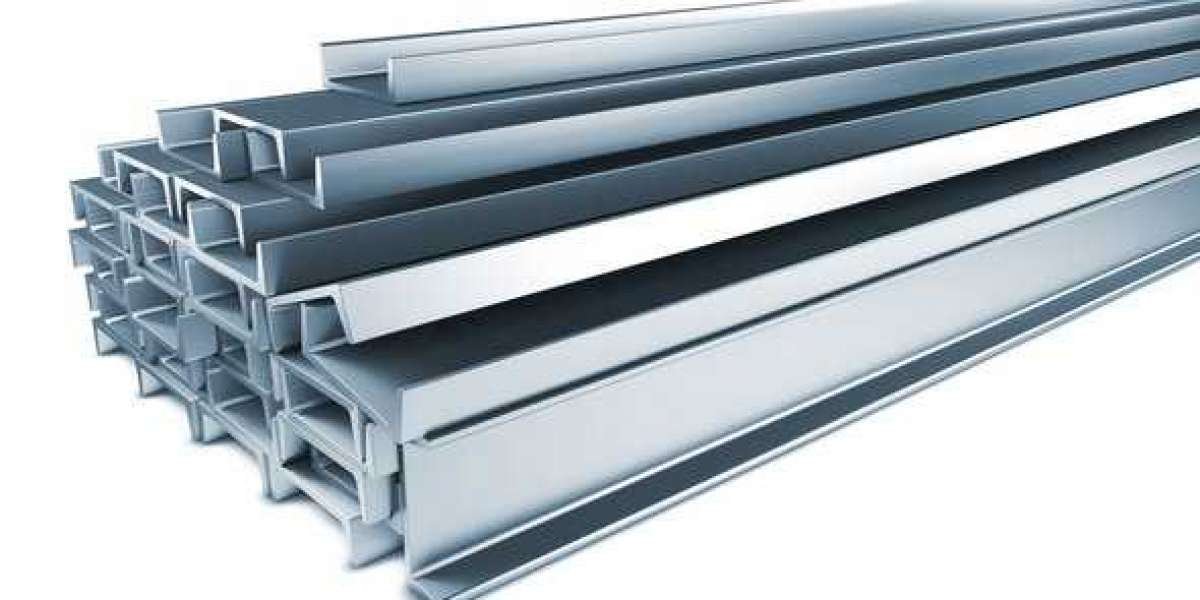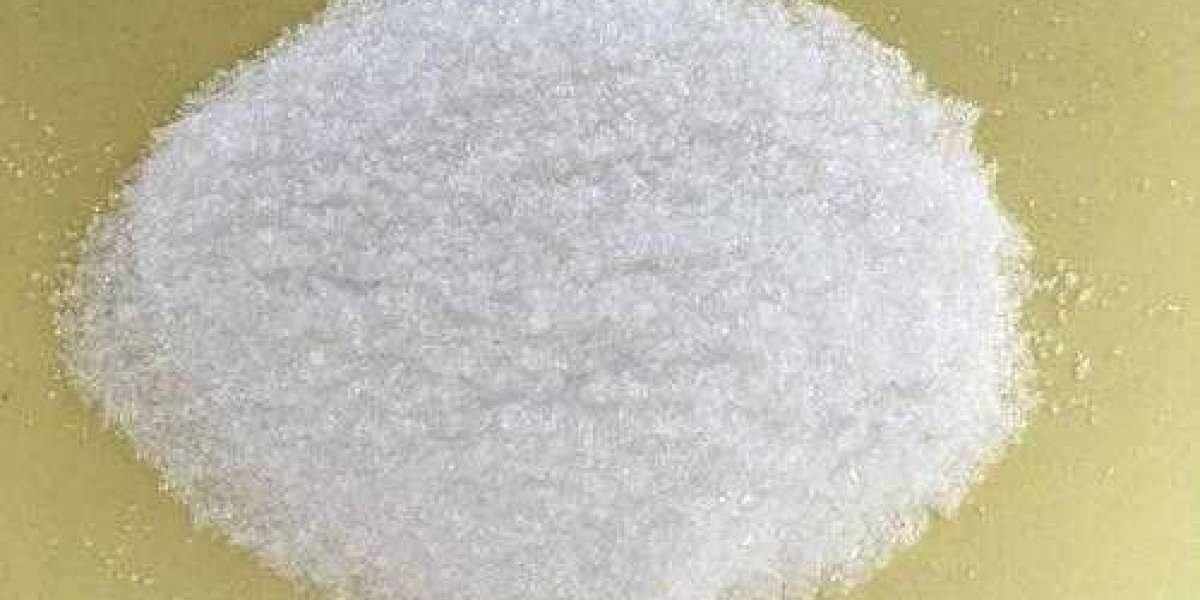Market Insights
- The molten salt batteries market generated a value of USD 2,461.1 million in 2023, which will rise to USD 11,543.2 million , growing at a 24.9% CAGR, by 2030.
- This is mainly because of the rising need for storing energy efficiently, specifically that created by renewable sources.
- These batteries provide many advantages, such as improved safety, longer lives, and greater energy densities.
- The industry is basically thriving due to the increasing emphasis on sustainable and reliable power sources.
- For large-scale usage, batteries that have liquid components are employed because they have a greater current density as well as a longer life.
- Grid storage and EVs are some potential applications for the molten salt battery.
- The increasing need for EVs is a major factor driving the industry because these vehicles have a battery as their main or secondary (in the case of PHEVs and HEVs) power source.
- Since speed driving and range are some key limits in their acceptance, the greater energy density of molten salt batteries can offer a solution.
- These devices utilize molten salts as the electrolyte and offer a great power density.
Market Insights
North America is the largest contributor to the industry, and it is likely to remain the largest, generating approximately USD 5.2 billion, in 2030. This can be because of the surging need for EVs.
The US is leading the industry in North America, and it is likely to advance at a 25.0% CAGR in the coming years.
This will be because of the rising emphasis on renewable energy sources and the surging need for these systems in the energy and power industry.
Europe is advancing at a significant compound annual growth rate, because of the thriving renewable energy capacity.
Liquid-metal batteries were the largest contributor to the industry in 2023, with a 30% share. This is because they are ideal for storing energy at the grid level as well as very scalable.
This means that they can be made larger without affecting their effectiveness negatively.
Also, they are considered safer compared to other types of batteries because they reduce the danger of thermal explosions due to the chemical reactions that happen within.
The rechargeable category will be a higher revenue generator as these types are eco-friendly because they contribute to reducing e-waste.
This reduces the rate of water pollution, global warming, air acidification, and air pollution.
Grid storage is a major application as these devices can store an enormous amount of energy, which can be utilized later when needed.
Even though the grid is immense, it is not always capable of meeting the high need for power in most settings.
The high (over 100 kWh) batteries are in high demand because they can provide electricity over varying times.
They are rapid-charging types, making them ideal for heavy-duty EVs, grids, and various other large-scale applications
Power plants are the key end users in 2023, with a 40% share, because of the rising number of solar power plant plans, assisted by the growing investment in the energy industry.
With the increasing production of renewable energy, the need for molten salt thermal energy storage for heat transfer fluid systems, concentrating solar power (CSP) plants, and various other applications will increase.
Source: PS Intelligence



